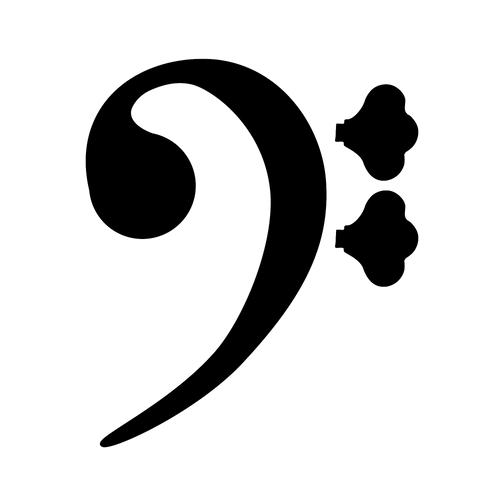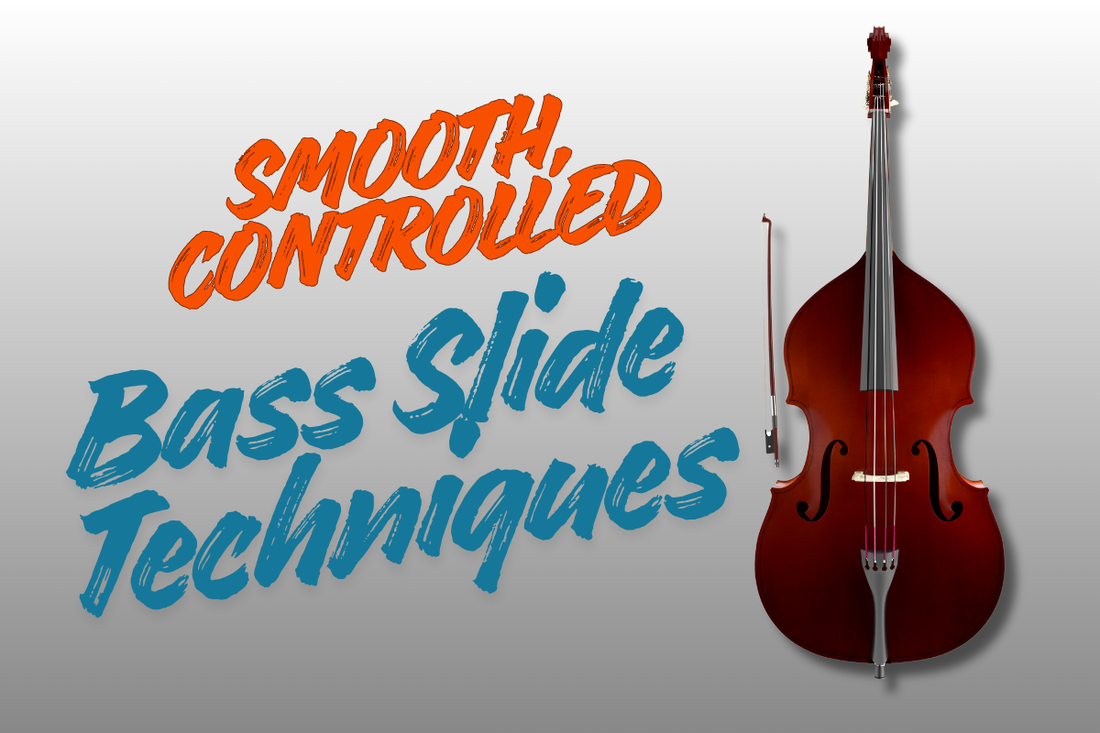Have you ever thought about why certain double bass slides sound so smooth and others sound so clunky and awkward? I've spent a lot of time perfecting this technique as a bassist. Today, I'm sharing what I've learned about creating those smooth, controlled slides.
Slides are one of the most expressive techniques in double bass playing, particularly in Romantic era classical music. When executed properly, they can add incredible emotional depth to your performance. However, mastering this technique requires understanding both the mechanics and the musicality behind it.
Two Essential Techniques
On string instruments like the double bass, slides are technically called portamento, which means sliding through undivided pitches. This creates a continuous sound between notes, unlike instruments with frets, where you only hear discrete pitches.
Thumb Position Slides
If you're in the thumb position, the secret might be to change the angle of your hand. Instead of keeping your hand flat on the fingerboard, consider bending your wrist so that your fingers stay down and your hand is more vertical. This method could let you have a lot more control over how fast and how the slide moves.
Your thumb should be positioned so that your fingerboard stays still. This gives you the resistance you need to regulate how the slide moves. Like Newton's third law says, every action has an equal and opposite reaction. The thumb is what gives the counterforce.
Lower Position Slides
For slides in lower positions, the approach changes. Rather than angling your hand, you might apply pressure with your thumb against the back of the fingerboard. This added resistance could help you achieve that controlled, deliberate slide sound. The more pressure you apply, the more resistance you create, giving you greater control over the slide's speed.
Bow Technique for Slides
Your double bass bow technique can make or break a slide. Starting with a slower bow speed and slowly speeding it up might be the best way to go. Additionally, you could begin with slight pressure and then release it during the slide. This creates what I call a "tension and release" effect.
This technique actually comes from studying opera singers. When I heard Pavarotti perform "Ave Maria," I noticed how he would start a phrase with a subtle dynamic shift before crescendoing. This vocal technique translates beautifully to the double bass.
The Secret to Great Bow Control
Here's something that could dramatically improve your slides: always start approximately a half step below your target note. This small adjustment can make your slides sound much more natural and musical. Starting a whole step below may sound acceptable, but starting two whole steps below could sound excessive.
This technique isn't my invention. It's what singers naturally do, and it works wonderfully on the bass.
Bringing It All Together
Keep in mind that it takes time and effort to become good at slides. You're coordinating multiple techniques simultaneously: hand position, thumb pressure, bow speed, and dynamic control.
Speaking of transforming your playing, the bow you choose can significantly impact your ability to execute these techniques effectively. I currently use the iStrad French bow for all my performances and recordings, and it has become an essential part of my sound.
Questions about anything we covered today? I'm here to help. Thanks for being part of this journey and supporting quality bass education!

